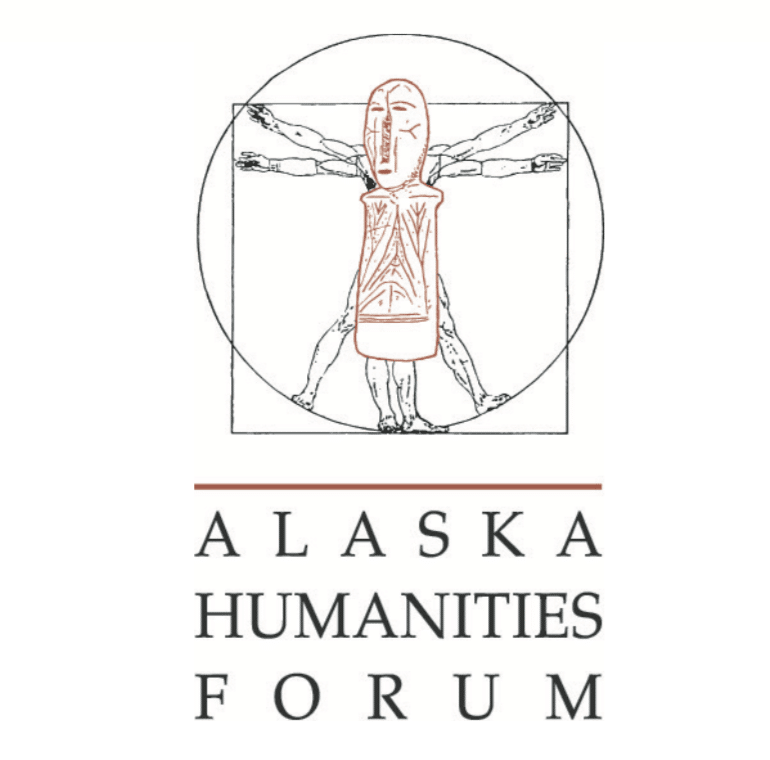We hope this resource is a help to you and an inspiration to your
students. After using this resource, we encourage you to mail or
email the completed survey at the end of this guide. If you have
any questions, please don’t hesitate to contact us.
INTRODUCTION
LESSON 1
LESSON 1: Silent, Yet Restless Earth: Defining the Corridors
Uses computer enhanced mapping skills to connect geology to human activity/development.
LESSON 2
LESSON 2: The Early People of the Corridor: Connecting to the Past
Emphasizes the importance of “listening to the stories” when interpreting history.
LESSON 3
LESSON 3: The Early People: The Russian River Salmon Question
Brings together archaeology, geology, glaciation, and a decent day fishing on the Russian.
LESSON 4
LESSON 4: In Search of the Northwest Passage: A Glimpse Into the Life of Sailor
Uses internet to follow question-led research.
LESSON 5
LESSON 5: Russian America: Interpreting Primary Source Information
Maintains research objectivity while researching translated primary sourced documents.
LESSON 6
LESSON 6: Hope and Sunrise: A Tale of Two Cities: Part One
Examines data and maps to evaluate why Hope survives while Sunrise faded away.
LESSON 7
LESSON 7: Hope, Alaska: A Tale of One City: Part Two
Utilizes demographic data to assess evolution of a community across time.
LESSON 8
LESSON 8: Alaska Nellie: A Picture is Worth a Thousand Words
Interprets photographs to decipher a historic story.
LESSON 9
LESSON 9: Byways And Highways: The Missing Link – The Living Source
Interviews a living source to collaborate research findings.
LESSON 10
LESSON 10 Research: Now It’s Your Turn
Final suggestions and structures to implement your own primary sourced research project



